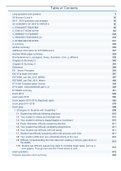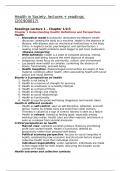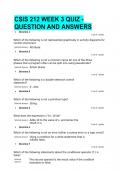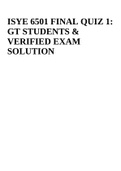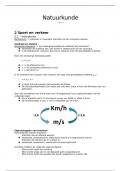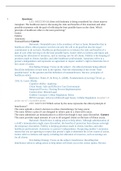Summary
Summary ETH302S MEGA EXAM PACK (long questions, summaries, lectures)890+ pages 2021
- Institution
- University Of South Africa (Unisa)
This pack includes : Summaries Exams Questions and Answers Assignment Question and Answers Essay questions answered Short questions Long Questionss Extra book stuff
[Show more]
